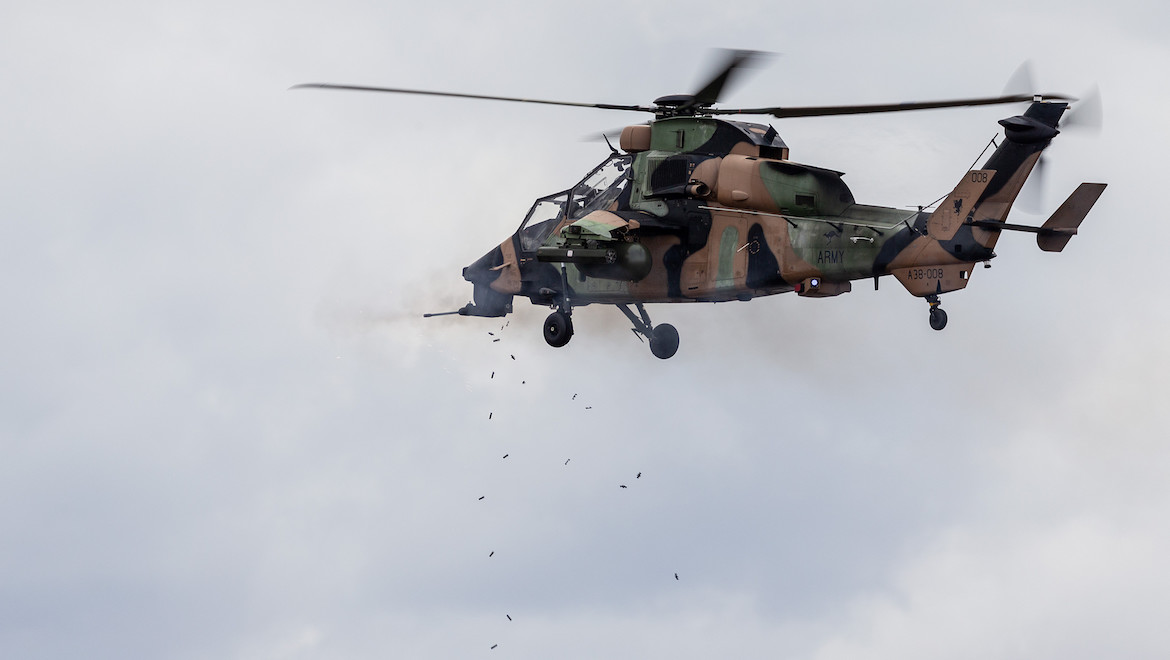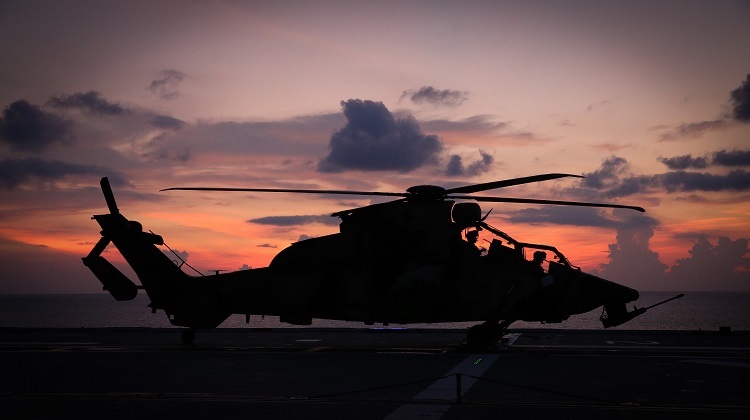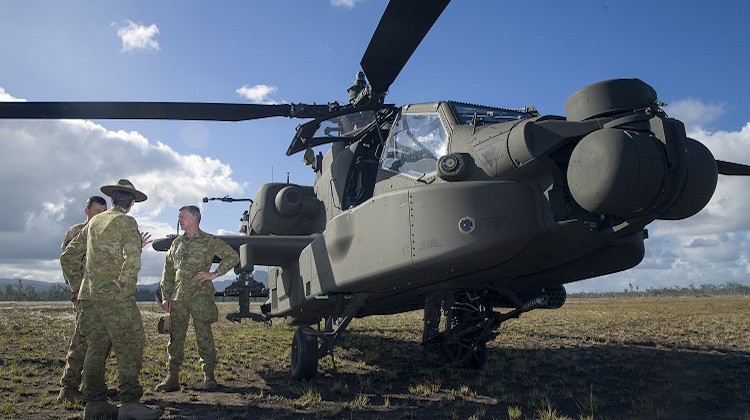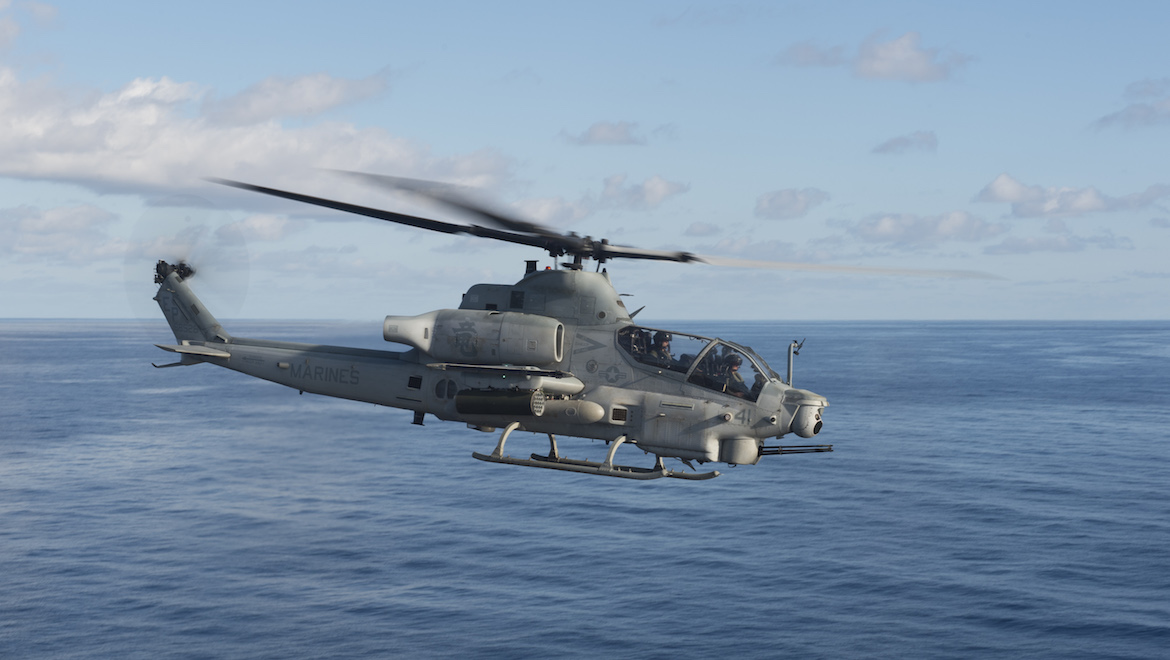
The Department of Defence has issued a request for information (RFI) for the replacement of the Australian Army’s Airbus EC665 Tiger armed reconnaissance helicopter (ARH).
The RFI, released to industry on July 1, called for submissions from industry for Project LAND 4503, which sought a total of 29 airframes to replace the Army’s 22 Tigers.
Further, it specified that 24 aircraft would be operational at a single location, likely to be 1 Aviation Brigade (1Avn) at Robertson Barracks in Darwin, while five airframes would be assigned to training, likely to be at Oakey in Queensland.
Designed to “deliver armed reconnaissance efforts in close and deep contested battlespace”, the RFI called for an initial operational capability (IOC) of one squadron of 12 aircraft in 2026, and a fully operational capability (FOC) to follow two years later in 2028.
It stated that, at IOC Army would be able to operationally deploy a troop of four aircraft. At FOC, Army would be capable of generating 12 aircraft for deployment while maintaining a training system of five aircraft.
The specific details and ambitious timings outlined in the RFI suggested Army was seeking a near one-for-one replacement of Tiger with what it said would be a “proven and mature, off-the-shelf” capability.

The meant there were likely two clear options available – the Boeing AH-64E Apache Guardian and the Bell AH-1Z Viper.
It further suggested that, not only has the fate of Tiger as outlined in the 2016 Defence White Paper been sealed.
Also, possible next-generation capabilities, such as those being developed under the US Army’s Future Attack Reconnaissance Aircraft (FARA) program which is expected to mature in the early 2030s, were unlikely to be considered.
The AH-64E is the latest development of the Apache family and is currently in production for the US Army, the United Kingdom and international customers.
Meanwhile, Bell’s AH-1Z is a variant of the long-running AH-1 Cobra family and is in production for the US Marine Corps and international customers.


The RFI suggested that value would be placed on the successful system being able to integrate and operate with unmanned systems such as that to be acquired under LAND 129 Phase 3 to replace Army’s Shadow 200, and the GA-ASI Predator/Reaper being acquired under the RAAF’s AIR 7003 program.
Submissions for the RFI were due by August 30 2019, according to the Australian Tender website.
The June 2019 edition of Australian Aviation featured an in-depth look at the Tiger ARH. That story by Andrew McLaughlin can be read here.












